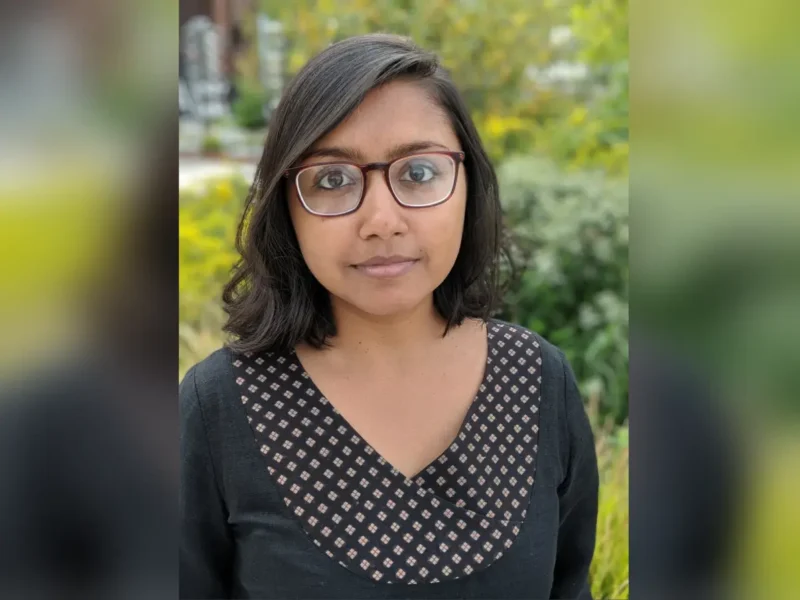
New Book Delves Into Modern Versions, Stemming From Ancient Forms Of Meditation
Rethinking Meditation: Buddhist Meditative Practice in Ancient and Modern Worlds by David L. McMahan, Oxford Univ Press, 264 pages, July 28, 2023
A dizzying array of meditation practices have emerged in the long and culturally diverse history of Buddhism. Yet if you are seeking out meditation today in North America and Europe-and, increasingly, in the rest of the world as well-you will likely encounter one type, often under the label “mindfulness.” You will find it taught in Zen monasteries, Insight Meditation centers, health clubs, colleges, psychologists’ offices, corporations, liberal Christian churches, prisons, and the US military.
Countless articles in popular magazines promote its benefits, often depicting it as a panacea for problems as wide-ranging as anxiety, depression, heart disease, eating disorders, and psoriasis. There are books on mindfulness and meditation not only by Buddhist monks but also by medical doctors, psychologists, computer engineers, business consultants, and a US congressman.
But where did today’s Western mediation really come from? In a new book, ‘Rethinking Meditation: Buddhist Meditative Practice in Ancient and Modern Worlds,’ author David McMahan explores the genealogy behind the mediation practices we encounter today. McMahan, the Charles A. Dana Professor of Religious Studies at Franklin & Marshall College, acknowledges that meditation teachers will often say that this is the same meditative practice that the Buddha taught over 2500 years ago, and which has been transmitted virtually unchanged down through the centuries to us today.
The “cultural baggage” surrounding the practices has changed, but the essence is intact, and what it does for people, whether you’re a Buddhist monk or a corporate executive, remains the same.
But the new book shows that this isn’t really true. The book argues that the relationship between meditative practices and cultural context is much more important than many contemporary practitioners acknowledge. The standard articulation of mindfulness did not come down to us unchanged from the time of the Buddha. Rather, it is a distillation of particular strands of Buddhist thought that have combined with Western ideas to create a unique practice tailored to modern life.
‘Rethinking Meditation argues that the relationship between meditative practices and cultural context is much more crucial than is suggested in typical contemporary articulations.
It demonstrates that most of the vast array of meditative practices that have emerged in Buddhist traditions have been filtered out of typical contemporary practice, allowing only a trickle of meditative practices through. This book presents a genealogy of some specific elements in classical Buddhist traditions that have fed into contemporary meditative practices-those that have made it through the filters of modernity. It asks: out of the many forms of Buddhist meditation that have developed over two-and-a-half millennia, how and why were particular practices selected to coalesce into the Standard Version today?
About the Author:
McMahan is the author of The Making of Buddhist Modernism (2008), Empty Vision: Metaphor and Visionary Imagery in Mahayana Buddhism (2002), and several articles on Mahayana Buddhism in South Asia and Buddhism in the modern world. He is also the co-editor of Buddhism, Meditation and Science (2017) and editor of Buddhism in the Modern World (2012).




